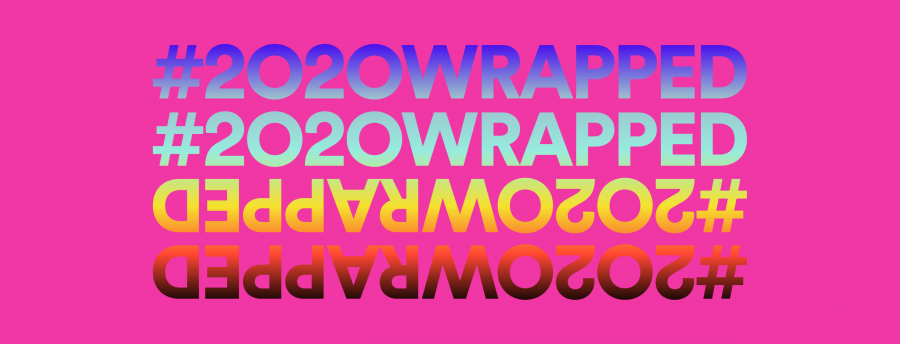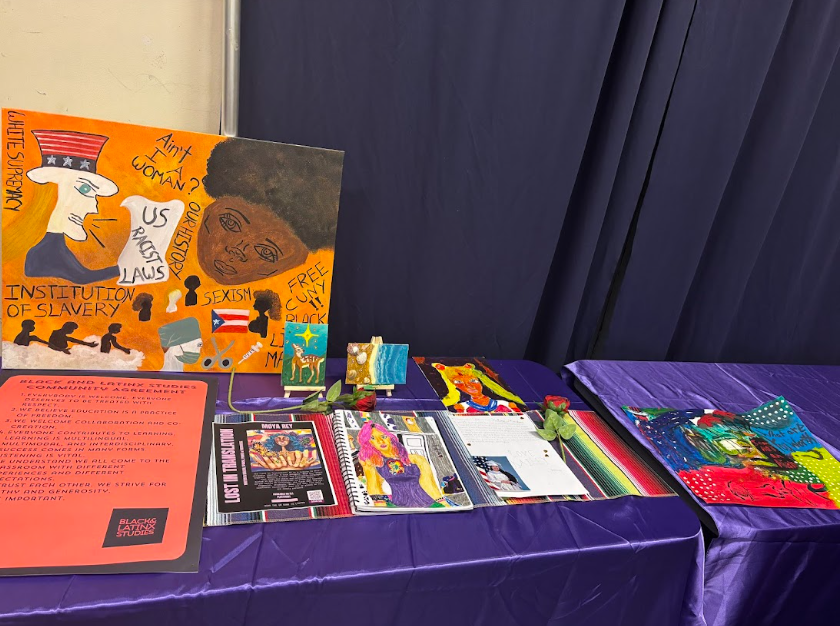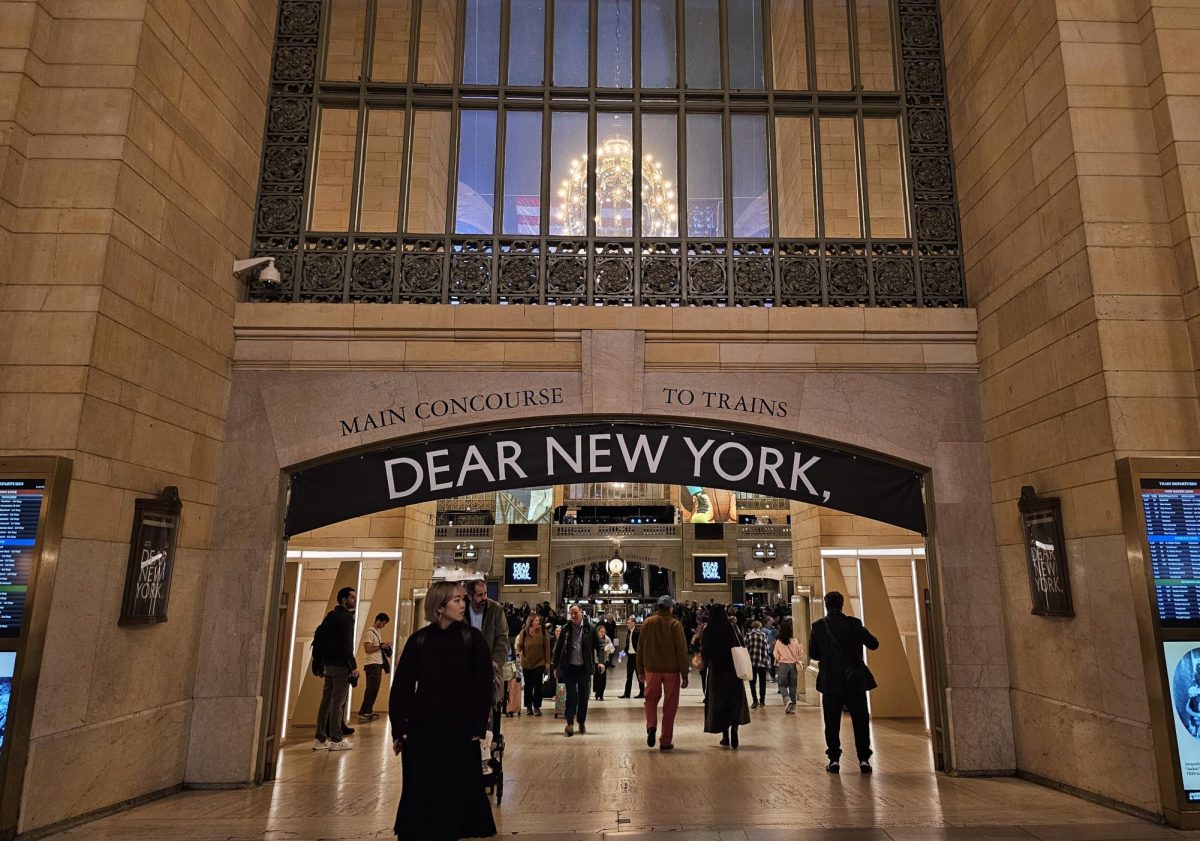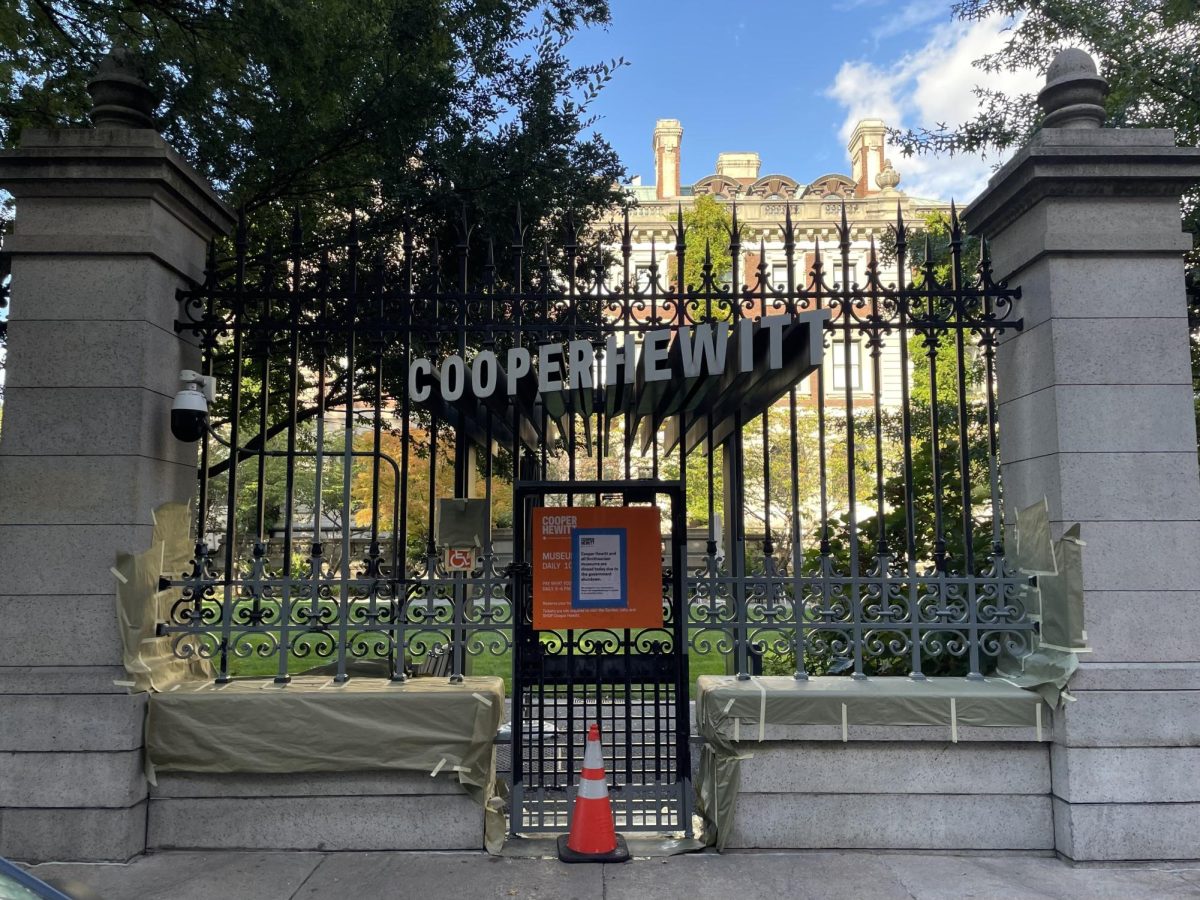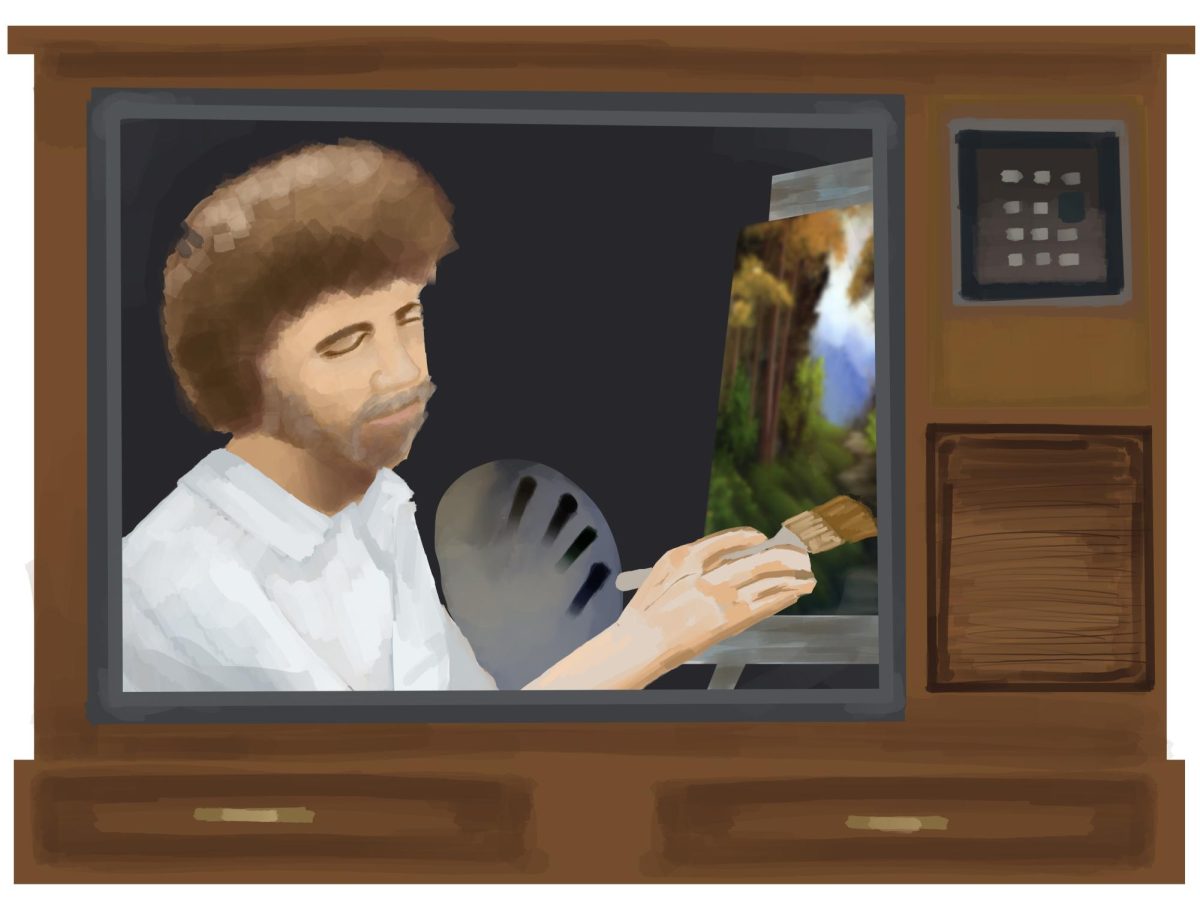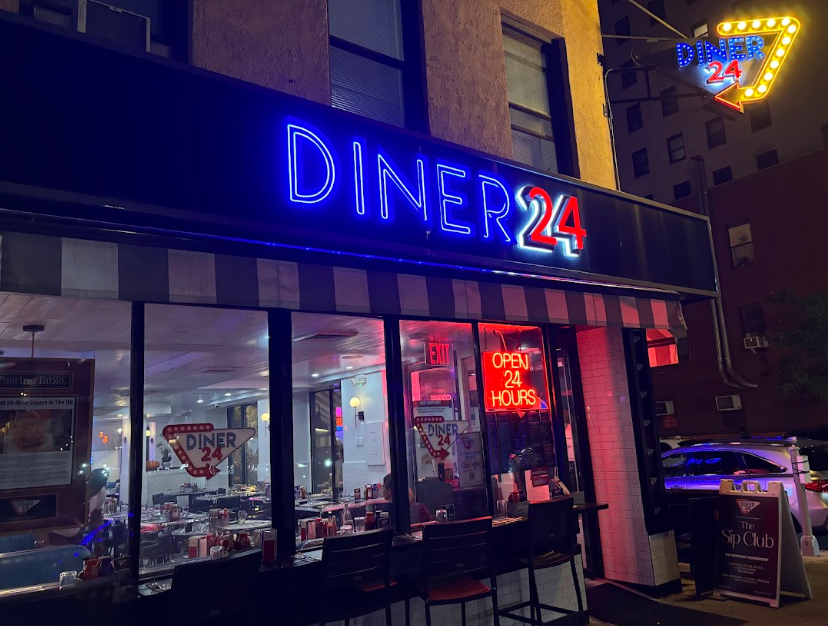For avid music listeners, the end of the year always meant festival lineup announcements, Pitchfork’s end of the year lists, Grammy nominations and, of course, Spotify’s Wrapped. Although festival lineups had to be put on the backburner and the Grammy nominations as out of touch as ever, Spotify’s Wrapped lifted spirits this year.
In the ‘90s, one would have to gauge their listening through their vinyl collection or the most scratched up CDs in their car. Digitizing music has allowed for using data as to monetize authentic emotion through personalizing content with tools such as Spotify Wrapped.
Since 2015, Spotify rolled out yearly wraps-ups of their users’ listening statistics. Initially, it was called Spotify’s Year in Music, and it compiled a user’s top 100 listens of the year.
Spotify decided to buy ad space, billboards and other forms of promotional resources to promote this data compilation and got people excited for the first wrap-up.
Since then, Spotify developed their yearly wrap-ups to track a user’s most frequented genres, top five artists and even favorite podcasts.
Earlier this year, Spotify also started letting users know where they fall in an artist’s overall streaming by comparing one user’s listening trends with others.
In this year’s wrap up, many people saw that they were in the top 0.05% of listeners for one of their dearest artists, allowing that listener to form a stronger bond with that artist.
Spotify has been collecting user data for over a decade now, which gives the company strong economic leverage over music labels and companies who want to buy ad space. Instead of just focusing on making money off of user data, it is admirable that Spotify allocates some resources to show its users their data.
Statistics aside, Spotify did something transitional with their wrap-ups. The company managed to turn what was meant to be a gimmicky marketing campaign into something that contributes users’ loyalty to a streaming platform in the internet age.
Most users know they can listen to music for free on YouTube with their ad-blockers already installed or explore all of the underground gems through SoundCloud and Bandcamp. However, when the end of the year comes around, those who do not use Spotify as their primary music streaming service get a whiff of FOMO, otherwise known as the fear of missing out.
Even Apple, a company that tends to set industry-wide trends, lagged in this innovation and only started offering similar services at the end of 2019.
For the first few days of December, almost everyone with a Spotify account was either posting their wrap-ups on social media or sharing them with their friends. Insinuating, the sociological aspects of music and discovery have changed since streaming took over physical sales.
Practically anything is accessible through the Internet as an all-you-can-eat buffet, making it easy to feel detached from genuine passions. Spotify Wrapped not only ensures that users will stay on the streaming service, but it also allows people to feel a strong sense of achievement through what they listen to.
All music streaming platforms will probably soon realize that showing users their personalized data could be used as a compelling tool for their platforms. Film and TV streaming services could also benefit from using tools similar to Spotify Wrapped to increase engagement.


